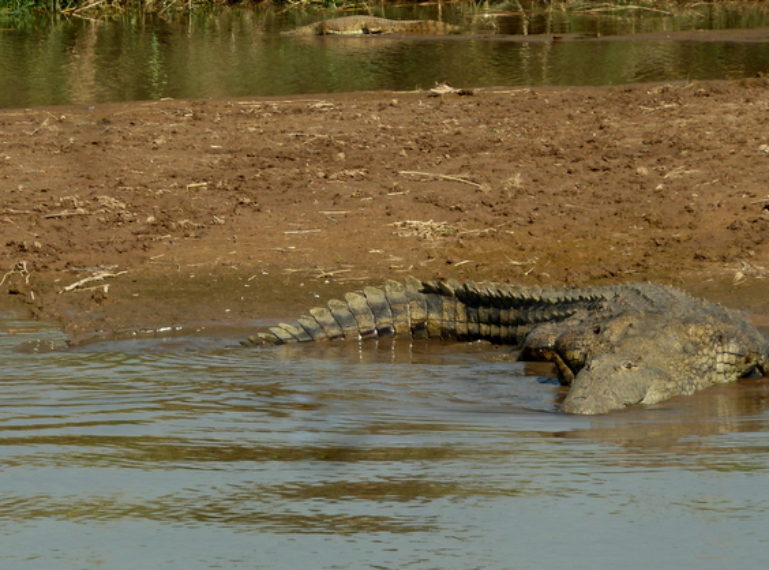
The Okavango Panhandle feeds the widespread floodplains of the world-famous delta that reaches across the north-west of Botswana. Recently named a World Heritage Site, the Delta has been officially recognised as a wetland paradise housing a diversity of Africa’s wildest species.
Water-loving wildlife and birdlife keep close all year round, thriving in the numerous waterways and vegetated islets of the Okavango. The depths of the Okavango River itself provide solace to some of the aquatic animals of Africa, and offer die-hard fishermen one of the best locations for tiger fishing, while unwinding and relaxing among some of the wildest creatures on earth.
The Ngwesi Houseboat is moored at a secret location in the Panhandle, bobbing gently on the surface of the water, cruising along, silently observing the animal activity that surrounds. One of the Okavango’s most ferocious and abundant creatures is the Nile Crocodile. Contrary to popular belief, these reptilian giants primarily feed on fish (which the Panhandle has in abundance), while also prey on antelope risking a drink at the shores of the river.
The size of a crocodile is simply determined by age: the older the crocodile, the larger it is, and the more dominant it is when it comes to vying for a mate. The crocodiles of the Okavango Delta are some of the largest in the world, and guests of the Ngwesi Houseboat are sure to come across some of these prehistoric-looking beasts sunning themselves on the banks of the river. Some of these crocs can reach 5-6m in length at their largest and weigh in at over a ton. Usually living to around 60 to 80 years, it is also possible that some Nile corcodiles can reach 100 years old!
Have a look at this monstor crocodile seen on the Okavango riverbank while on safari with Ngwesi Houseboat:
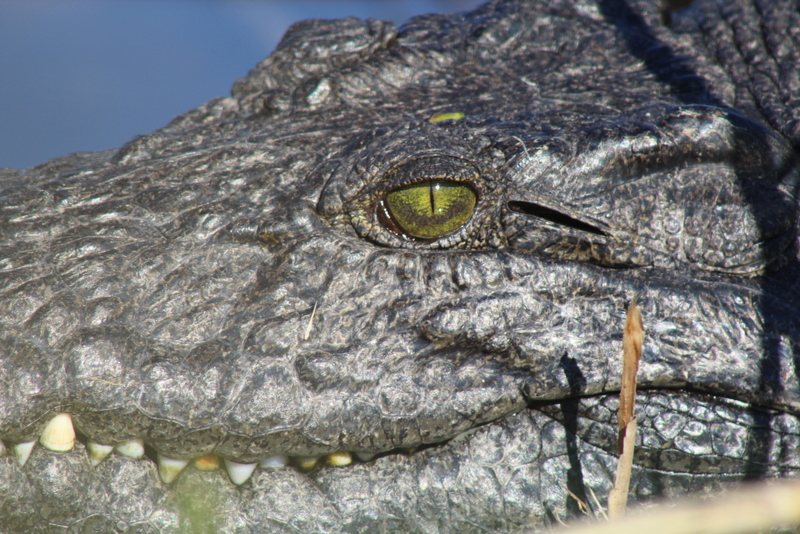
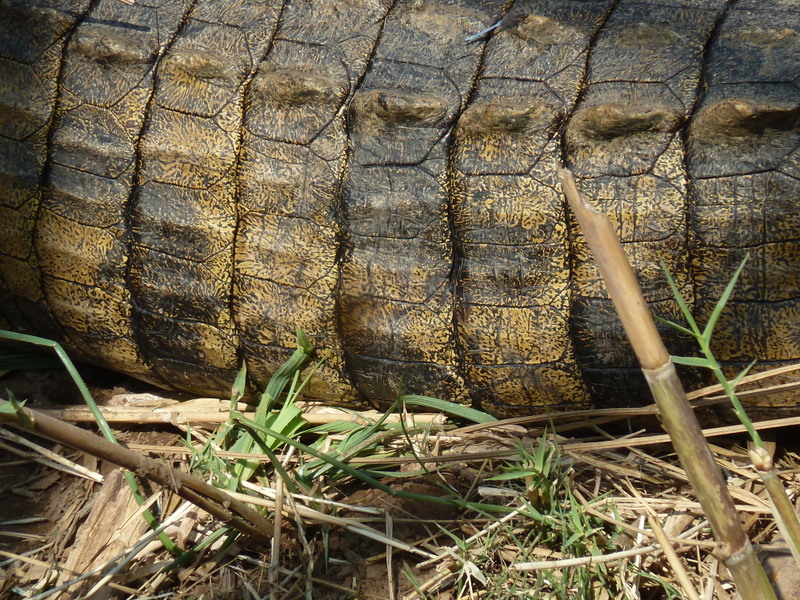
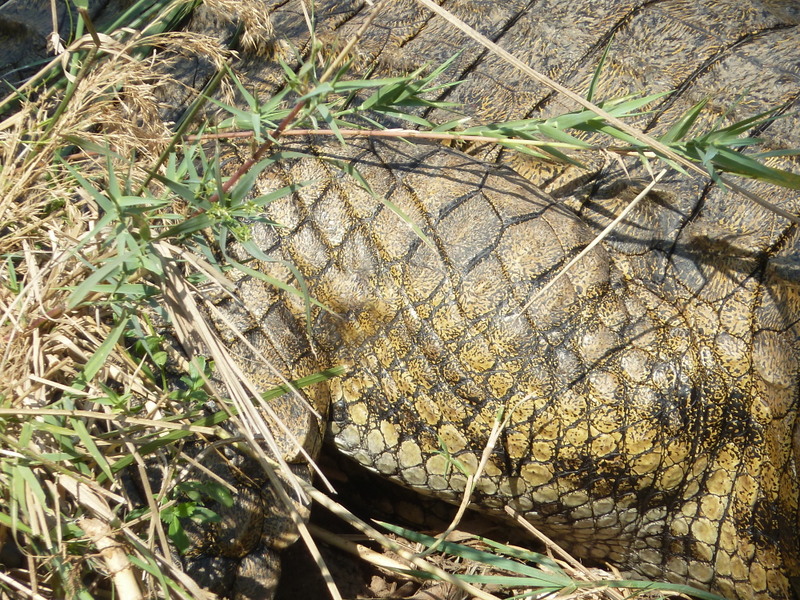
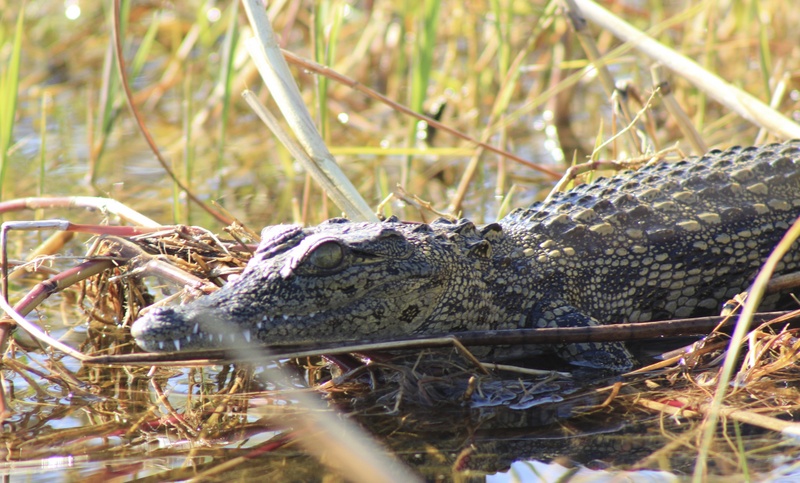
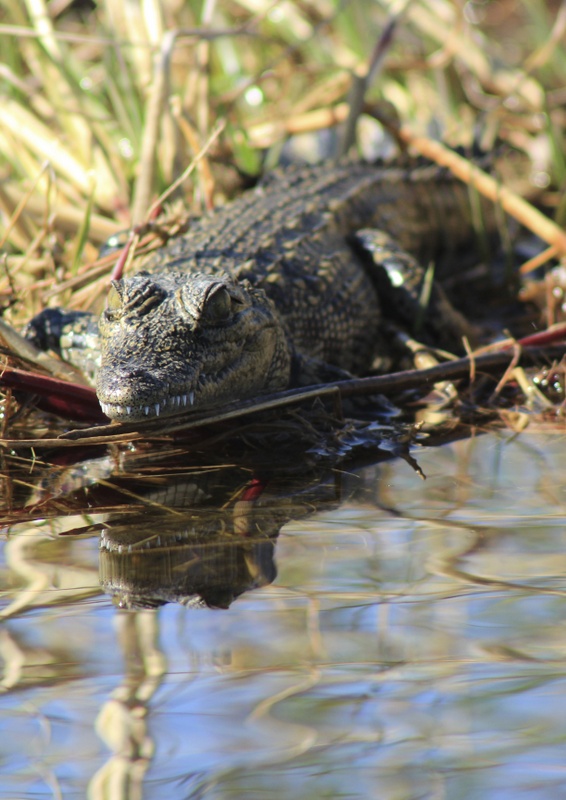
Kenny